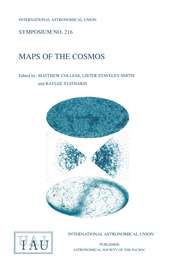Article contents
Absolute Astronomical Accelerometry: A New Tool for Planetary Searching
Published online by Cambridge University Press: 04 August 2017
Abstract
Absolute astronomical accelerometry is a new proposed technique specifically optimized to detect small radial velocity changes (i.e. accelerations) of either the Sun or a star; it is intended for the two problems of stellar seismology and the search for extrasolar planetary systems. In both cases the computed performance is such that positive results should be obtainable in a large number of cases with a moderate size telescope. Essentially the method involves two separate and simultaneous servo loops. In the first a variable path-difference Fabry-Perot interferometer is adjusted so that its bandpasses track the fluctuations of the lines in the stellar spectrum. Then a tunable laser tracks the fluctuations of the FP and one has only to measure the beat frequency from a stabilized laser. The result is absolute i.e. obtained solely in terms of frequencies and the speed of light. All instrumental or spectral characteristics drop out; no calibration is required. Furthermore the method can be demonstrated to approach closely a so far never computed photon noise limit for radial velocities.
Information
- Type
- Section II. The Search for Other Planetary Systems
- Information
- Copyright
- Copyright © Reidel 1985
References
- 2
- Cited by

